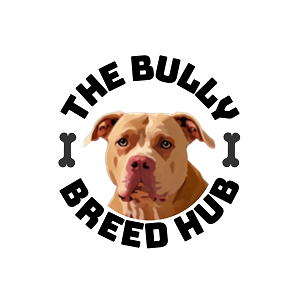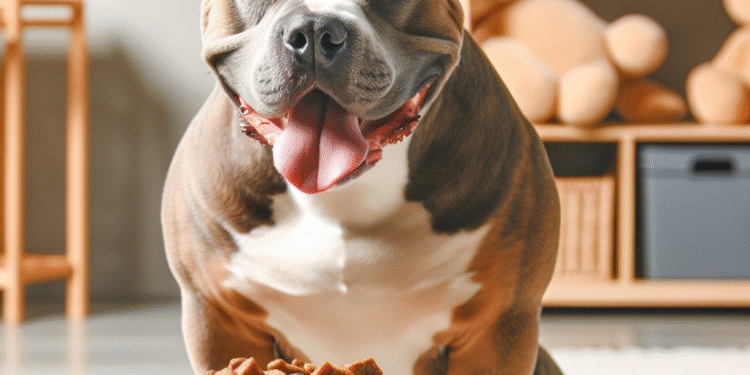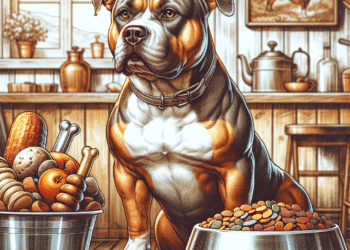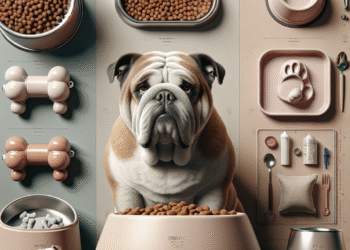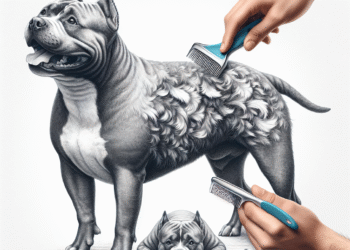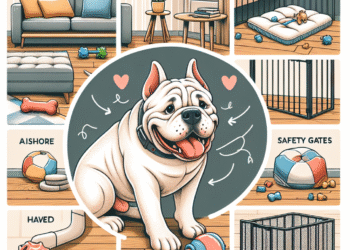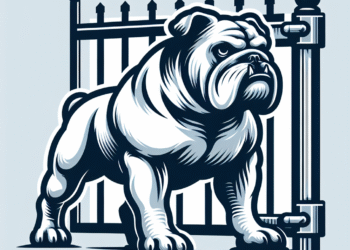As a dog owner, ensuring your pet’s health is a top priority. For bully breeds, which include popular types such as American Bullies, Bulldogs, and Bull Terriers, understanding portion control is crucial for their overall well-being. Overfeeding or underfeeding can lead to a myriad of health issues, including obesity and malnutrition. This article will guide you through the essential aspects of portion control for your bully dog.
Understanding Bully Breeds
Bully breeds are generally muscular, strong, and sometimes stocky. Their unique body composition means they require a different approach to nutrition compared to other dog breeds. While it’s tempting to indulge your dog with treats and extra servings, it’s essential to follow a structured feeding plan that meets their specific needs.
Factors Influencing Portion Size
Determining the right portion size for your bully dog involves considering several factors:
-
Age: Puppies have different nutritional needs than adult dogs. Growing pups require more calories to support their development. Conversely, senior dogs may need fewer calories due to decreased activity levels.
-
Weight: Maintaining a healthy weight is critical for bully breeds, who are prone to obesity. Calculate your dog’s ideal weight and adjust portions accordingly.
-
Activity Level: An active dog will require more calories than a more sedentary one. Monitor your dog’s activity to determine if you need to adjust their food intake.
- Health Conditions: If your dog has specific health concerns, like allergies or joint issues, consult your veterinarian for tailored dietary recommendations.
Daily Caloric Requirements
To establish the right feeding amount, you can use a general guideline for daily caloric intake:
- Puppies: 2 to 3 times their ideal body weight in calories.
- Adult Dogs: About 30 calories per pound of body weight for maintenance.
- Senior Dogs: Slightly fewer calories than adults, around 20-25 calories per pound.
For example, if your adult Bully weighs 60 pounds, they may need around 1,800 calories daily.
Choosing the Right Food
Quality matters just as much as quantity. Look for high-quality dog food that lists meat as the primary ingredient and is free from fillers and artificial preservatives. You may also want to consider:
- Breed-Specific Diets: Some brands formulate diets specifically for bully breeds.
- Grain-Free Options: These can be beneficial, especially if your dog has food sensitivities.
- Wet vs. Dry Food: Combining both can increase palatability and hydration, but ensure that the total calorie intake aligns with their needs.
Portion Control Techniques
-
Measuring: Always use a measuring cup or kitchen scale to ensure accurate portions. Avoid using food bowls as a measurement tool, as they can lead to overfilling.
-
Feeding Schedule: Establish a consistent feeding schedule. Instead of free-feeding (leaving food out all day), opt for structured meals—usually twice a day for adult dogs.
-
Treats: Limit treats to 10% of their daily caloric intake. Opt for healthy options like carrots or blueberries, and remember to account for these calories in their daily total.
- Monitor: Keep an eye on your dog’s weight and overall health. Regular vet check-ups will help you make necessary adjustments to their diet.
Conclusion
Portion control is essential for the health and longevity of your bully dog. Understanding their unique nutritional needs will allow you to provide the right amount of food and maintain their overall well-being. Remember, when in doubt, consult with your veterinarian for personalized guidance tailored to your dog’s specific needs.
By prioritizing portion control and high-quality nutrition, you’ll be well on your way to ensuring that your beloved bully dog lives a happy, healthy life.
